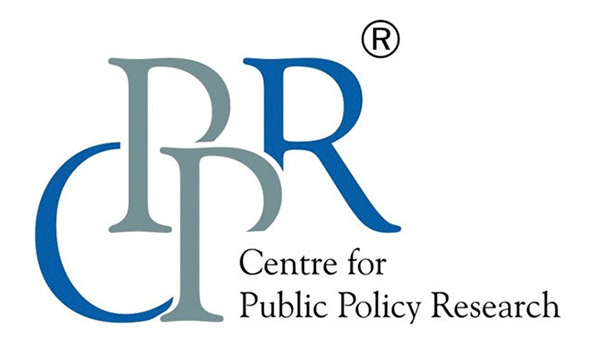Articles

#EndEmploymentBias | Women & Jobs in Kerala’s Hospitality Industry: End Employment Bias
March 1, 2023
Ep 38 | Surveillance Balloons and Security Implications | #PolicyBeyondPolitics
March 4, 2023Language Models and Training Data: A Mutual Learning Partnership

Chatbots such as Bard and ChatGPT have been hogging the attentional bandwidth of people of all ages. From helping students complete assignments to answering questions about nearly anything under the sun, these chat tools provide responses that suggest human-like understanding of the nuances of language and culture. Large language models, which these applications are implementations of, consist of billions of parameters and make use of enormously large training datasets derived from a variety of human generated content, both academic as well as conversational.
Interestingly, it appears that a better understanding of these systems can not only help human users make better use of these AI aids but also improve the quality of human-to-human communication.
AI language models, with their increasing sophistication, are trained on the ever-growing corpus of human language content on the internet, come with a correspondingly humungous memory and have a linguistic occurrence probability attached to the elements within the corpus.
While information support is the obvious benefit of AI language models, there is another benefit to these systems. Note that a chatbot trained on the body of online language content is going to be limited to a large extent by the quality of this human-generated content. In this sense, these language models mirror the trends and biases of our society and could be said to carry out “human-like” discourse.
One might say that AI models, like children, repeat what they hear. Therefore, a more thoughtful and responsible conversational style among humans would automatically improve the quality of training data.
AI language models are already in use as language instructors in the form of apps such as Rosetta Stone, Duolingo and others. There is now a real opportunity for AI to induce positive transformation in human society and for human users to be active participants in the development of AI tools, with language models playing the roles of child and parent, student and teacher, simultaneously.
(This article was last updated on July 2, 2024.)
Views expressed by the author are personal and need not reflect or represent the views of the Centre for Public Policy Research.
Dr Monika Krishan's academic background includes a Master’s in Electrical Engineering from the Indian Institute of Science, Bangalore, India and a Ph.D. in Cognitive Psychology from Rutgers University, New Jersey, USA. Her research interests include image processing, psychovisual perception of textures, perception of animacy, goal based inference, perception of uncertainty and invariance detection in visual and non-visual domains. Areas of study also include the impact of artificial intelligence devices on human cognition from the developmental stages of the human brain, through adulthood, all the way through the aging process, and the resulting impact on the socio-cognitive health of society. She has worked on several projects on the cognitive aspects of the use and misuse of technology in social and antisocial contexts at SERC, IISc as well as the development of interactive graphics for Magnetic Resonance Imaging systems at Siemens. She is a member of Ohio University’s Consortium for the Advancement of Cognitive Science. She has offered services at economically challenged schools and hospitals for a number of years and continues to be an active community volunteer in the field of education and mental health

